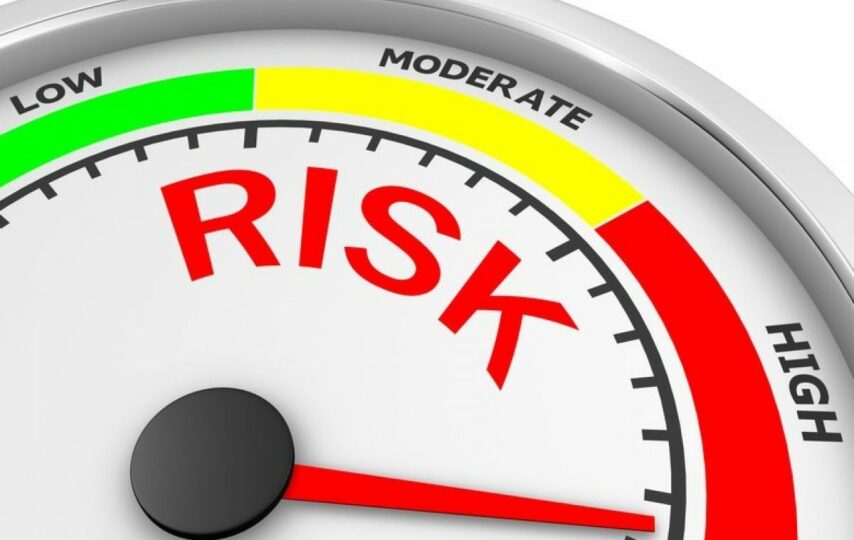Steering through the complexities of high-risk auto insurance might seem overwhelming if you’re uncertain about where to commence.
This all-encompassing guide aims to illuminate the nuances of high-risk auto insurance in Canada, presenting crucial insights and suggestions on how to acquire the best value for your coverage.
We’ll probe into the elements leading to high-risk designation, the variety of coverage options, and practical approaches to lower your rates. So, fasten your seat belts, and let’s embark on this journey!
If you need high-risk auto coverage or standard car insurance, you should consider working with Red Deer car insurance brokers with a proven track-record, like the team members at Surex.
Decoding High-Risk Driver Insurance — An Expert Guide
Do you need help understanding the ins and outs of high-risk auto coverage? Continue reading to learn everything that you need to know:
The definition of high-risk auto insurance
High-risk auto insurance is a specialized branch of car coverage intended for motorists perceived as more likely to lodge claims compared to the average driver. Insurers gauge the risk level of every driver utilizing different determinants such as driving records, credit history, and age.
Being labelled high-risk might result in elevated insurance premiums, restricted coverage alternatives, or even challenges in procuring coverage.
Elements resulting in high-risk labeling
Several elements can lead to a driver being designated as a high-risk. Have you been wondering, “what is a high-risk driver?”; be sure to consider the following factors :
- Driving Records: A troubled driving history laden with numerous infractions like speeding violations, accidents where you are at fault, or convictions of impaired driving may result in high-risk designation.
- Credit History: Motorists with subpar credit ratings might be perceived as financially unstable, thus more likely to lodge claims.
- Age: Novice drivers, typically aged between 16-24, and older drivers might be deemed high-risk due to a heightened probability of mishaps or infractions.
- Insurance History: Having a hiatus in auto insurance coverage can also lead to high-risk designation.
- Vehicle Make: Possessing a luxury or high-performance vehicle might augment the cost of insurance since these automobiles are costlier to mend or replace.
High-risk auto insurance varieties
High-risk auto insurance policies in Canada largely are segregated into two groups:
Non-Standard Insurance
This insurance type is provided by companies focusing on high-risk drivers. These policies frequently bear higher premiums but extend the needed coverage for drivers who might not qualify for standard insurance.
Facility Association
This is a fallback option for high-risk drivers who have faced rejection from numerous insurers. The Facility Association functions across all Canadian provinces and territories, assuring that high-risk drivers can procure the minimum mandated auto insurance coverage.
Guidelines for Lowering High-Risk Driver Insurance Rates
Here are some guidelines for lowering your high-risk auto coverage rates:
Enhance Your Driving Record
The most potent method to reduce your high-risk auto insurance rates is to enhance your driving record. This entails steering clear of traffic infractions, accidents where you are at fault, and impaired driving. As your driving record improves, your risk category may be reassessed, and your insurance rates may accordingly decrease. This is a great tip if you want to get the best insurance for high-risk drivers.
Enroll in a Defensive Driving Program
Registration and completion of a defensive driving program can aid in honing your driving skills and might result in a reduction in your insurance premium. Several insurance companies offer discounts for drivers who have successfully completed an approved program.
Research and Compare Quotes
Comparison of quotes from multiple insurance providers can assist you in identifying the best rates for your high-risk auto insurance. Be sure to contemplate both standard insurance companies and those that specialize in high-risk coverage.
Consolidate Your Insurance Policies
If you have multiple insurance policies, like home and auto, consider consolidating them with the same provider. Numerous insurance companies offer discounts for customers who have multiple policies with them.
Opt for a Higher Deductible
As stated earlier, opting for a higher deductible can assist in reducing your insurance premium. However, bear in mind that you’ll be accountable for covering the deductible amount in the event of a claim.
Incorporate Anti-Theft Mechanisms
Anti-theft mechanisms, such as car alarms and tracking systems, can mitigate the risk of your vehicle being stolen. Several insurance companies offer discounts for vehicles equipped with these devices.
Sustain Continuous Coverage
Avoiding breaks in your auto insurance coverage can prevent you from being labeled as high-risk. Ensure to maintain continuous coverage, even if you’re transitioning between vehicles or not currently driving.
High-Risk Driver Insurance: How To Get The Best Price — Conclusion
Procuring high-risk auto insurance in Canada can be challenging, but it isn’t unachievable.
By understanding the factors leading to high-risk designation and implementing strategies to improve your driving record, you can work towards securing more affordable coverage. Remember to research thoroughly, compare quotes, and consider all available options to find the best price for your high-risk auto insurance.







